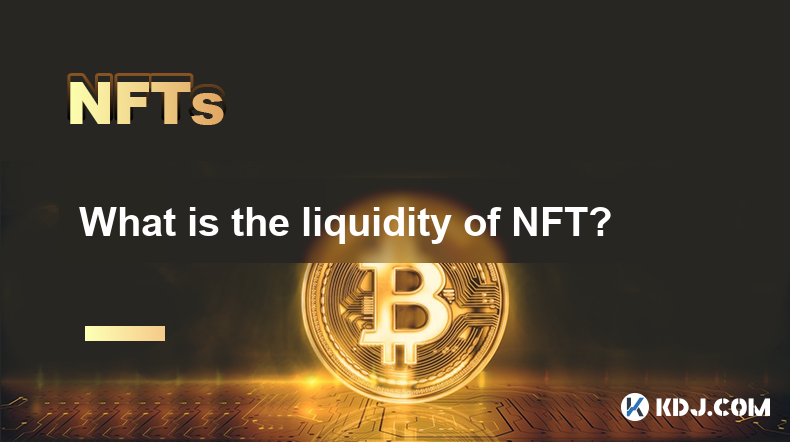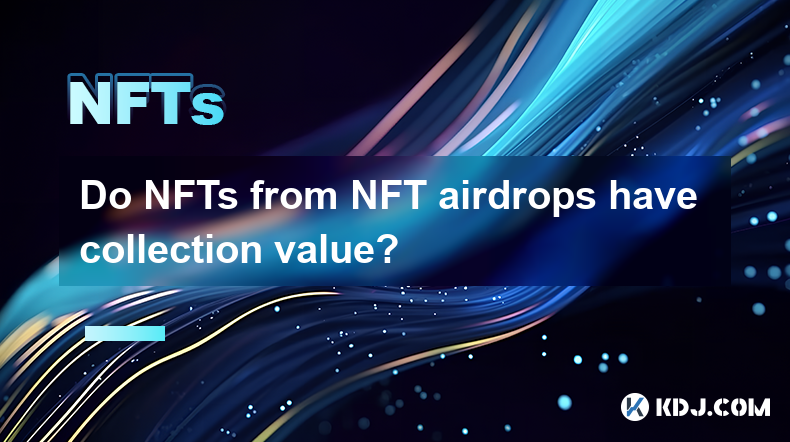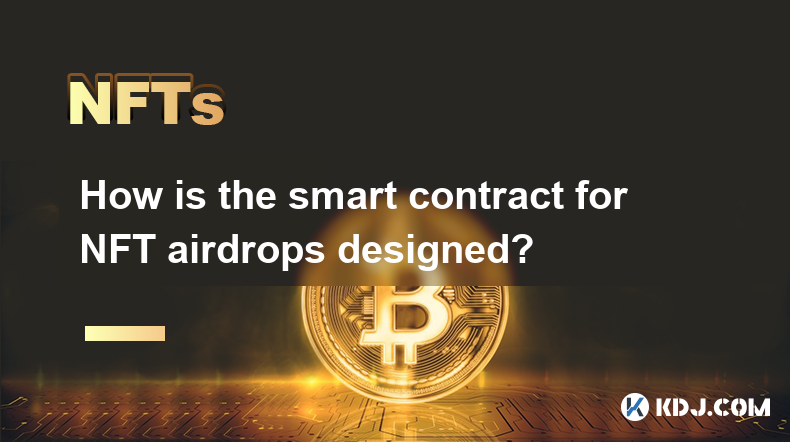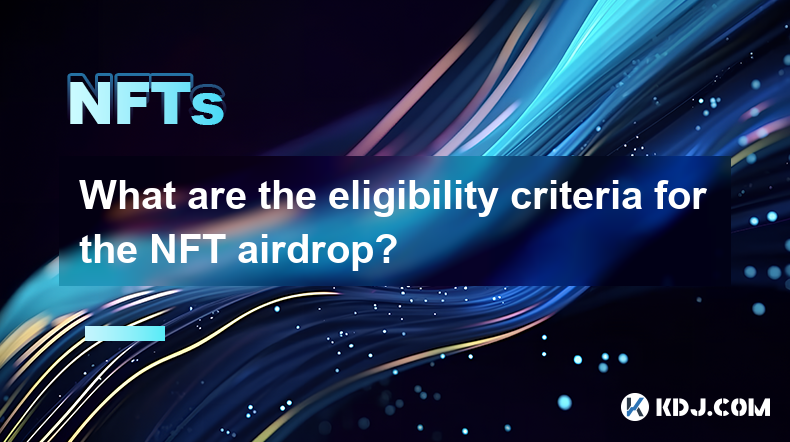-
 Bitcoin
Bitcoin $84,512.3183
-0.50% -
 Ethereum
Ethereum $1,588.1225
0.23% -
 Tether USDt
Tether USDt $0.9996
-0.01% -
 XRP
XRP $2.0642
0.48% -
 BNB
BNB $591.8173
0.47% -
 Solana
Solana $134.4792
-0.11% -
 USDC
USDC $0.9999
0.01% -
 Dogecoin
Dogecoin $0.1574
2.08% -
 TRON
TRON $0.2420
-2.16% -
 Cardano
Cardano $0.6293
2.51% -
 UNUS SED LEO
UNUS SED LEO $9.2288
1.66% -
 Chainlink
Chainlink $12.6112
1.23% -
 Avalanche
Avalanche $19.1082
0.52% -
 Toncoin
Toncoin $2.9983
2.24% -
 Stellar
Stellar $0.2408
0.84% -
 Shiba Inu
Shiba Inu $0.0...01225
4.64% -
 Hedera
Hedera $0.1660
2.02% -
 Sui
Sui $2.1233
0.65% -
 Bitcoin Cash
Bitcoin Cash $337.9337
1.98% -
 Litecoin
Litecoin $75.8547
1.24% -
 Polkadot
Polkadot $3.6527
0.78% -
 Hyperliquid
Hyperliquid $16.9003
-0.50% -
 Dai
Dai $1.0000
0.02% -
 Bitget Token
Bitget Token $4.4061
1.14% -
 Ethena USDe
Ethena USDe $0.9992
0.01% -
 Pi
Pi $0.6465
4.78% -
 Monero
Monero $214.7733
-0.74% -
 Uniswap
Uniswap $5.1912
0.85% -
 Pepe
Pepe $0.0...07309
1.65% -
 OKB
OKB $50.3150
0.15%
What is the liquidity of NFT?
NFT liquidity, unlike stocks, depends on factors like market demand, platform, and NFT attributes; high liquidity is key for project success, enabling easy trading and attracting investors.
Mar 05, 2025 at 08:24 am

What is the Liquidity of NFT? Unpacking the Complexities of NFT Trading
Key Points:
- Defining NFT Liquidity: NFT liquidity isn't a simple metric like stock liquidity. It refers to the ease and speed with which an NFT can be bought or sold at its fair market value without significantly impacting its price. This is heavily influenced by factors like market demand, platform accessibility, and the NFT's specific attributes.
- Factors Affecting NFT Liquidity: Several interconnected elements contribute to an NFT's liquidity, including the NFT's inherent value (rarity, utility, artistic merit), the marketplace it's listed on, the overall market sentiment towards NFTs, and the specific collection it belongs to.
- Measuring NFT Liquidity: There's no single, universally accepted metric for NFT liquidity. However, we can analyze several indicators like trading volume, the number of bids and asks, the time it takes to sell an NFT, and the spread between the bid and ask prices.
- Improving NFT Liquidity: Strategies to enhance NFT liquidity include choosing reputable marketplaces, strategically pricing the NFT, actively engaging with the community, and potentially using NFT lending or fractionalization platforms.
- Liquidity and NFT Project Success: High liquidity is crucial for the long-term success of an NFT project. It enables holders to easily exit their positions, fosters a vibrant secondary market, and attracts new investors.
Understanding NFT Liquidity: A Deep Dive
- The Nuances of NFT Trading: Unlike traditional financial assets, NFT liquidity is a far more complex concept. The inherent uniqueness of each NFT, coupled with the decentralized nature of many NFT marketplaces, creates significant variability in trading efficiency. While a publicly traded stock can often be bought or sold within seconds at a price very close to its current market value, the same cannot always be said for NFTs. The liquidity of an NFT is heavily dependent on a confluence of factors, including its inherent desirability, the platform it's listed on, and the broader market conditions. For instance, a highly sought-after CryptoPunk might trade relatively quickly and efficiently, reflecting high liquidity. However, a lesser-known NFT from a smaller project might languish unsold for extended periods, indicative of low liquidity. This lack of immediate tradability can significantly impact an NFT holder's ability to realize its value when needed. The unpredictability of NFT valuations adds another layer of complexity. Unlike stocks which are constantly evaluated and priced based on a multitude of market factors, the value of an NFT can be highly subjective and influenced by factors like community sentiment, hype cycles, and even external events. This makes it challenging to determine a truly "fair market value" for many NFTs, further complicating the liquidity equation. The lack of standardized valuation methods also hampers the development of robust liquidity metrics for the NFT space. The absence of centralized clearinghouses and standardized trading protocols leads to fragmented data and makes it difficult to develop comprehensive liquidity indicators comparable to those used in traditional financial markets. This makes it difficult for potential buyers to assess the liquidity of an NFT before investing.
- Factors Influencing NFT Liquidity: The liquidity of an NFT is influenced by a complex interplay of various factors. The inherent value of the NFT itself is a primary driver. This value can be determined by a number of characteristics, including its rarity, artistic merit, utility within a specific ecosystem (e.g., access to exclusive events or in-game items), and its association with a well-known creator or project. A rare, highly sought-after NFT from a reputable project will generally have significantly higher liquidity than a common NFT from a less established project. The platform on which the NFT is listed also plays a crucial role. Larger, more established marketplaces with higher trading volumes generally offer better liquidity than smaller, less-known platforms. The reason is simple: more buyers and sellers on a platform increase the probability of a quick and efficient trade. This is why many NFT projects choose to list their NFTs on well-established marketplaces like OpenSea or Rarible to maximize their liquidity. Market sentiment towards NFTs in general, and towards a particular project specifically, significantly affects liquidity. Periods of intense hype and high market demand can lead to increased liquidity, while periods of market downturn or negative sentiment can result in lower liquidity. Moreover, the specific collection to which the NFT belongs can influence its liquidity. Collections with strong community engagement, active trading, and a well-defined roadmap often exhibit higher liquidity compared to collections lacking these characteristics. The overall market conditions also play a significant role. If the broader cryptocurrency market is experiencing a bull run, NFT liquidity is likely to improve as investors are more willing to invest in and trade NFTs. Conversely, during a bear market, NFT liquidity can decrease significantly.
- Assessing NFT Liquidity: Available Indicators: While a single, universally accepted metric for NFT liquidity doesn't exist, several indicators can help assess an NFT's liquidity. Trading volume, for example, is a strong indicator. High trading volume suggests that many NFTs from a specific collection or project are changing hands frequently, indicating high liquidity. The number of bids and asks on a given NFT or across a collection is another useful metric. A large number of bids and asks generally implies higher liquidity, suggesting a higher probability of a quick sale. The time it takes to sell an NFT is also a significant factor. NFTs that sell quickly reflect higher liquidity, while those that remain unsold for extended periods suggest low liquidity. Finally, the spread between the bid and ask prices can also provide insights into liquidity. A small spread suggests higher liquidity, while a large spread suggests lower liquidity. Analyzing these indicators collectively can offer a more comprehensive understanding of an NFT's liquidity. However, it's essential to remember that these indicators are not always perfect predictors of future liquidity. Market conditions and sentiment can change rapidly, impacting an NFT's liquidity even if historical data suggests high liquidity. The lack of standardization across NFT marketplaces makes direct comparison of these metrics challenging. Different platforms use different methodologies for reporting trading volume and other key metrics, making it difficult to create a unified picture of NFT liquidity across the entire ecosystem.
- Strategies for Enhancing NFT Liquidity: Several strategies can be employed to improve the liquidity of an NFT. Choosing reputable marketplaces is a crucial first step. Larger, more established marketplaces with higher trading volumes generally offer better liquidity. Strategically pricing the NFT is also essential. Pricing the NFT too high can deter potential buyers, while pricing it too low can undervalue the asset. Understanding the market dynamics and competitor pricing is critical for optimal pricing. Actively engaging with the community surrounding the NFT project can also help enhance liquidity. Building a strong community around an NFT project fosters demand and interest, which in turn improves liquidity. This can be done through various methods, such as social media engagement, community events, and collaborations with other projects. Utilizing NFT lending or fractionalization platforms can also increase liquidity. These platforms allow NFT holders to lend out their NFTs or fractionalize them, making them more accessible to a wider range of buyers. This can increase the trading volume and improve overall liquidity. Furthermore, the use of sophisticated trading strategies, such as limit orders and stop-loss orders, can improve liquidity by allowing holders to buy or sell NFTs at pre-determined prices. This can help to mitigate risks and enhance the efficiency of trading. However, it's important to remember that these strategies are not guaranteed to increase liquidity. The overall market conditions and the specific characteristics of the NFT still play a significant role in determining its liquidity.
- Liquidity and the Long-Term Success of NFT Projects: High liquidity is critical for the long-term success of any NFT project. It enables holders to easily exit their positions when needed, preventing significant price volatility and ensuring that the project remains attractive to both investors and collectors. A vibrant secondary market, fueled by high liquidity, fosters a sense of community and encourages participation, which further strengthens the project's ecosystem. High liquidity attracts new investors, as they know they can easily buy and sell NFTs within the project, reducing the risk of getting locked into illiquid assets. Conversely, low liquidity can hinder the growth and success of an NFT project. If holders struggle to sell their NFTs, it can lead to price stagnation or even decline, potentially discouraging future investment and negatively impacting the overall community. Low liquidity can also make it difficult for the project to attract new users and expand its ecosystem. Therefore, project developers should prioritize strategies to enhance NFT liquidity from the outset to ensure the long-term viability and success of their projects. They should consider factors like choosing the right marketplace, setting appropriate pricing strategies, and actively fostering a strong and engaged community.
FAQs
Q: What is the difference between NFT liquidity and traditional asset liquidity?
A: Traditional asset liquidity, like that of stocks or bonds, refers to the ease with which an asset can be bought or sold quickly at a price close to its market value without significantly impacting the price. NFT liquidity is more complex due to the uniqueness of each NFT, the decentralized nature of many marketplaces, and the subjective nature of NFT valuation. There is no centralized exchange or readily available price feed for most NFTs, making price discovery and immediate tradability more challenging.
Q: How can I determine the liquidity of a specific NFT?
A: There isn't a single, definitive answer. You can analyze several factors, including the trading volume of the NFT's collection, the number of bids and asks on the specific NFT, the time it takes for similar NFTs to sell, and the spread between bid and ask prices. However, these are just indicators and don't guarantee future liquidity. Market conditions and overall NFT market sentiment play significant roles.
Q: Is high liquidity always desirable for NFTs?
A: While high liquidity is generally desirable, it's not always the ultimate goal. Some collectors might prefer holding rare NFTs with low liquidity, viewing it as a sign of exclusivity and potential for future value appreciation. However, for most investors and traders, high liquidity is crucial for ease of trading and risk management.
Q: What are the risks associated with low NFT liquidity?
A: Low liquidity increases the risk of being unable to sell an NFT quickly at a desirable price. This can lead to significant losses if the market value declines. It can also make it difficult to diversify your NFT holdings or to access capital tied up in illiquid NFTs.
Q: How can NFT projects improve their liquidity?
A: Projects can improve liquidity by choosing reputable marketplaces, setting competitive pricing, fostering a strong community, and potentially exploring options like NFT lending or fractionalization. They should also focus on creating NFTs with desirable characteristics and utility, thereby increasing their inherent value and attractiveness to potential buyers.
Disclaimer:info@kdj.com
The information provided is not trading advice. kdj.com does not assume any responsibility for any investments made based on the information provided in this article. Cryptocurrencies are highly volatile and it is highly recommended that you invest with caution after thorough research!
If you believe that the content used on this website infringes your copyright, please contact us immediately (info@kdj.com) and we will delete it promptly.
- 3 Cryptos Heating Up, But This Time, Price-Conscious Buyers Are Stealing the Spotlight
- 2025-04-19 09:15:13
- This Week in Bitcoin: BTC Remains Stable Around $84k
- 2025-04-19 09:15:13
- Decentralized economy isn't always that decentralized
- 2025-04-19 09:10:13
- DIA to Host an AMA on X on April 23rd at 16:00 UTC
- 2025-04-19 09:10:13
- American Asset Management Company Canary Capital Has Taken a New Leap
- 2025-04-19 09:05:13
- Canary Capital Files to Launch the First US-Listed ETF Focused on Tron's TRX Token That Includes the Staking Feature
- 2025-04-19 09:05:13
Related knowledge

How to display and trade NFTs from NFT airdrops?
Apr 18,2025 at 04:42am
How to Display and Trade NFTs from NFT Airdrops? NFT airdrops have become a popular way for projects to distribute their tokens and engage with their community. If you've received NFTs through an airdrop, you might be wondering how to display and trade them. This article will guide you through the process step-by-step, ensuring you can showcase your NFT...

Do NFTs from NFT airdrops have collection value?
Apr 18,2025 at 11:49pm
NFTs, or non-fungible tokens, have become a significant part of the cryptocurrency ecosystem, and NFT airdrops are one way for projects to distribute these digital assets to their community. A common question that arises is whether NFTs received from airdrops have any collection value. To answer this question, we need to delve into various aspects of NF...

How is the smart contract for NFT airdrops designed?
Apr 18,2025 at 03:10am
The design of a smart contract for NFT airdrops is a complex process that requires careful consideration of various factors to ensure the airdrop is executed smoothly and securely. This article will delve into the intricacies of how such a smart contract is designed, focusing on key components, security measures, and the implementation process. Key Comp...

What are the eligibility criteria for the NFT airdrop?
Apr 17,2025 at 04:56pm
Understanding NFT AirdropsNFT airdrops are a popular method used by blockchain projects to distribute non-fungible tokens (NFTs) to their community members. These airdrops can serve various purposes, such as rewarding loyal users, promoting new projects, or increasing the visibility of existing ones. To participate in an NFT airdrop, individuals must me...

How to protect the copyright of artworks on NFT platforms?
Apr 19,2025 at 06:28am
The rise of Non-Fungible Tokens (NFTs) has revolutionized the way digital art is created, bought, and sold. As artists increasingly turn to NFT platforms to showcase and monetize their work, protecting the copyright of these artworks becomes a crucial concern. This article explores various strategies and tools that artists can use to safeguard their int...

How to attract artists and creators to join the NFT platform?
Apr 18,2025 at 02:50pm
Attracting artists and creators to join an NFT platform is crucial for its success and growth. By understanding their needs and offering unique features, you can create a thriving community of digital artists and content creators. In this article, we will explore several strategies to entice artists and creators to join your NFT platform. Understanding ...

How to display and trade NFTs from NFT airdrops?
Apr 18,2025 at 04:42am
How to Display and Trade NFTs from NFT Airdrops? NFT airdrops have become a popular way for projects to distribute their tokens and engage with their community. If you've received NFTs through an airdrop, you might be wondering how to display and trade them. This article will guide you through the process step-by-step, ensuring you can showcase your NFT...

Do NFTs from NFT airdrops have collection value?
Apr 18,2025 at 11:49pm
NFTs, or non-fungible tokens, have become a significant part of the cryptocurrency ecosystem, and NFT airdrops are one way for projects to distribute these digital assets to their community. A common question that arises is whether NFTs received from airdrops have any collection value. To answer this question, we need to delve into various aspects of NF...

How is the smart contract for NFT airdrops designed?
Apr 18,2025 at 03:10am
The design of a smart contract for NFT airdrops is a complex process that requires careful consideration of various factors to ensure the airdrop is executed smoothly and securely. This article will delve into the intricacies of how such a smart contract is designed, focusing on key components, security measures, and the implementation process. Key Comp...

What are the eligibility criteria for the NFT airdrop?
Apr 17,2025 at 04:56pm
Understanding NFT AirdropsNFT airdrops are a popular method used by blockchain projects to distribute non-fungible tokens (NFTs) to their community members. These airdrops can serve various purposes, such as rewarding loyal users, promoting new projects, or increasing the visibility of existing ones. To participate in an NFT airdrop, individuals must me...

How to protect the copyright of artworks on NFT platforms?
Apr 19,2025 at 06:28am
The rise of Non-Fungible Tokens (NFTs) has revolutionized the way digital art is created, bought, and sold. As artists increasingly turn to NFT platforms to showcase and monetize their work, protecting the copyright of these artworks becomes a crucial concern. This article explores various strategies and tools that artists can use to safeguard their int...

How to attract artists and creators to join the NFT platform?
Apr 18,2025 at 02:50pm
Attracting artists and creators to join an NFT platform is crucial for its success and growth. By understanding their needs and offering unique features, you can create a thriving community of digital artists and content creators. In this article, we will explore several strategies to entice artists and creators to join your NFT platform. Understanding ...
See all articles
























































































